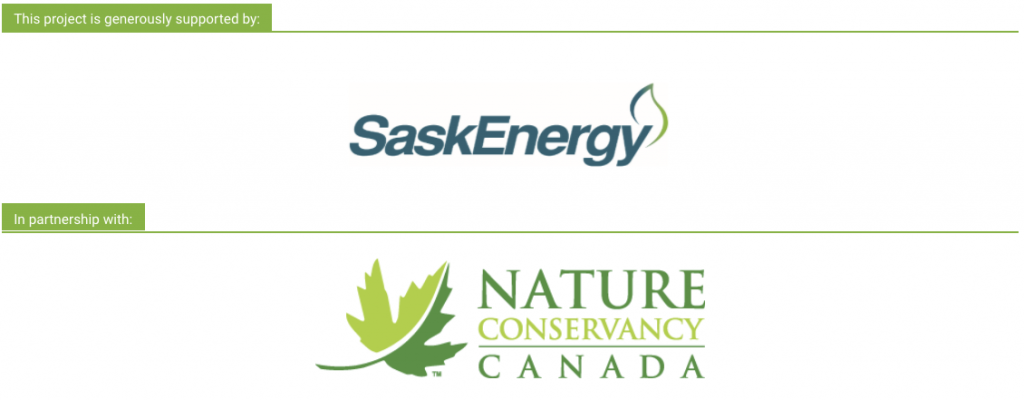Buzz buzz Earth Rangers! Are you ready to learn more about the unBEElievable world of bumblebees? Today’s lesson is all about their lifecycle, from wee bee babies all the way to grown up queens (and workers and drones of course)! Bumblebees are eusocial, which means they live in a colony of bees working together. Within their colony you’ll find a queen that produces the babies for the nest, workers that find food, care for young, and defend the nest, and drones that help the queen produce more young. Unlike honey bees, bumblebee colonies do not survive for more than 1 year. Instead, the colonies are annual, with queens emerging in the spring and producing new queens that same fall which will create new colonies for the following year.
The life cycle begins in the spring, when it starts to get warm outside and the queen comes out of hibernation. Once she has found a good nest, she begins looking for nectar and pollen. She uses the pollen to make a nest where she lays her first brood of eggs. The queen will raise this first brood of workers alone, incubating them, foraging for food, and defending the nest.
Three days after the queen lays the eggs, they hatch into larvae, who grow very fast, eating up to 1,300 meals a day! After just five days, the cells with the larvae are capped with beeswax, and the larvae spin a cocoon around themselves.
Inside their cocoon, the larvae are now called a pupae. Snuggled up inside the capped cell they begin to develop the features of an adult bee. The eyes, wings, and fine hairs that cover the bees’ body grow. Within just 12 days, development is complete and the adult bee chews its way out of the capped cell.

First comes the eggs.. 
Then the larva.. 
Then the pupa… 
And finally, a bee emerges!
Once the first batch of worker bees hatch, the queen will no longer need to leave the hive. Instead, she will continue to lay eggs and organize the actions of her workers. She’s a real boss bee now! The workers continue to carry out work both inside and outside the hive, like cleaning, raising larvae, foraging for food, and defending the nest.
In the late summer, the queen begins producing eggs that are not workers. She lays eggs which will develop into new queens for the following year, as well as males (drones) to help the colony reproduce.
After the new batch of queens have hatched and mated, they eat as much as they possibly can, storing the energy as fat so they are able to hibernate during the long winter. The original queen and nest naturally come to an end in the early fall, and only the new queens survive by hibernating underground. Next year, the process starts all over again, with the new queens emerging and starting their own hive!



I am busy as a bee
Bees are cool. I think it’s incredibly how much the Queen bee does before the first set of workers are born. Also can we Learn about what happenings when a butterflies is in the Cocoon?
I love bees
By marshall
Jokes about anamals
Let’s bee friends
My wolverines names is clawsy
I saved a bee the other day
If I were a bee I would want to be a worker bee
My sister said she does not know some of these things and I said well on Earth Rangers there is a podcast and something on white wildfire that is called the bees lifecycle and she went on it and I actually taught somebody how to know the lifecycle of a bumblebee
cool